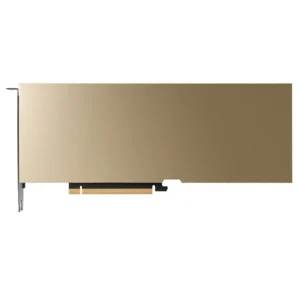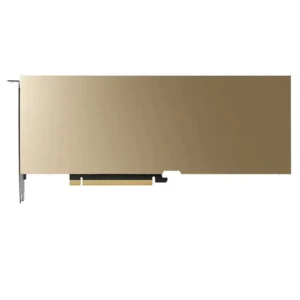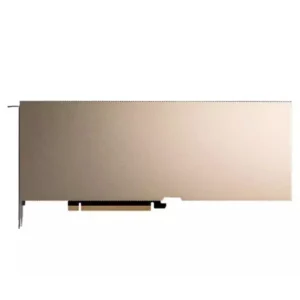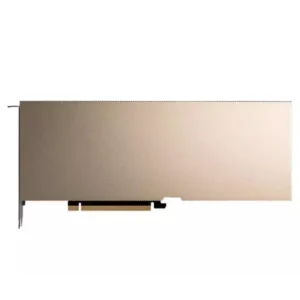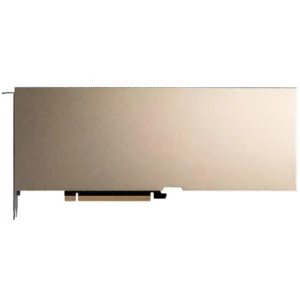When it comes to expanding your computer’s networking capabilities, the PCIe network adapter is a powerful tool. Whether you’re setting up a high-speed Ethernet connection, upgrading your Wi-Fi, or configuring a server with multiple network ports, a PCIe network adapter plays a crucial role in ensuring smooth and reliable communication. In this article, we will explore the features, benefits, and installation process of PCIe network cards, along with some recommendations for the best PCIe network adapters on the market.
Table of Contents
ToggleWhat Does a PCIe Network Adapter Do?
A PCIe network adapter (or PCIe network card) is an expansion card that allows a computer to connect to a network. Installed into a PCI Express (PCIe) slot on the motherboard, it provides a more efficient and higher-performing network connection than alternatives like USB-based network adapters. Depending on the type of card, it can support either Ethernet (wired connections) or Wi-Fi (wireless connections).
- Wired Connections: PCIe Ethernet adapters offer superior speed and stability compared to built-in Ethernet ports, especially for users requiring Gigabit or even 10Gb Ethernet speeds.
- Wireless Connections: PCIe Wi-Fi cards allow desktop computers to connect to wireless networks, providing support for modern Wi-Fi 5 or Wi-Fi 6 standards.
Overall, PCIe network adapters are designed to maximize the bandwidth and performance of your network connection.
Is PCIe Better Than Ethernet?
While PCIe and Ethernet are often mentioned together, they serve different purposes:
- PCIe is a high-speed interface used to connect expansion cards, such as network adapters, to the computer’s motherboard.
- Ethernet, on the other hand, refers to the communication standard used for wired network connections.
The question, then, is not whether PCIe is better than Ethernet, but rather whether a PCIe Ethernet card is better than using a built-in Ethernet port. In most cases, a PCIe network adapter will provide faster speeds, lower latency, and more reliability than a motherboard-integrated Ethernet port, especially when dealing with high-demand tasks like gaming or server management.
For instance, a PCIe 10Gb network card offers speeds far beyond standard Gigabit Ethernet (1Gbps), supporting 10Gbps connections that are necessary for data-heavy applications or large-scale networking setups.
Are PCIe Ethernet Cards Worth It?
The decision to invest in a PCIe Ethernet card depends on your needs and use case. Here are some reasons why a PCIe Ethernet card might be worth it:
- Faster Speeds: If your computer or server needs faster data transfer, a PCIe network card can provide higher bandwidth than the integrated Ethernet ports on many motherboards. A 10Gb PCIe network card allows data transfer speeds of 10 Gbps, which is significantly faster than the standard 1Gbps speeds provided by most built-in Ethernet adapters.
- Multiple Ports: Some PCIe Ethernet cards come with 4 Ethernet ports, allowing you to connect multiple devices to a single card. This is particularly useful for servers or workstations that require multiple network connections.
- Better Reliability: PCIe cards typically offer better signal stability and are less likely to suffer from interference compared to wireless solutions.
- Future-Proofing: As technology advances, higher speeds like 10Gb Ethernet are becoming more common, especially for tasks like high-definition video streaming, server management, or gaming. Upgrading to a PCIe 10Gb Ethernet card helps future-proof your setup.
- Gaming: Gamers will appreciate the low latency and stability offered by PCIe network cards, especially in high-performance gaming setups.
Overall, if you need higher performance or have specific networking demands (such as multi-port connections or ultra-fast speeds), PCIe Ethernet cards are definitely worth considering.
How to Install a PCI Network Adapter
Installing a PCI network card is a relatively straightforward process. Here’s a step-by-step guide:
- Turn Off Your Computer: Before installing any hardware, always power off your system and unplug it from the electrical socket.
- Open the Case: Depending on your PC case, you may need to remove screws or latches to open the side panel.
- Locate an Available PCIe Slot: Identify a PCIe x1 or x16 slot on your motherboard. PCIe network cards typically fit into x1 slots, but they can also work in larger slots, such as x4, x8, or x16, with backward compatibility.
- Install the PCIe Network Card: Carefully align the network card with the PCIe slot and insert it until it clicks into place. Ensure it’s securely seated.
- Secure the Card: Use a screw or locking mechanism (if available) to secure the card to the case.
- Close the Case: Once the card is installed, close the PC case and screw it back into place.
- Install Drivers: Power on your computer and install the necessary drivers for the PCIe network card. You can usually download the drivers from the manufacturer’s website or use the installation CD that comes with the card.
- Test the Network Connection: Once installed, check your network connection settings to ensure the card is recognized, and test the connection to confirm that everything is working correctly.
Best PCIe Network Adapters
If you’re looking to upgrade your network performance, here are some of the best PCIe network adapters on the market:
1. Gigabit PCI Express Network Adapter – TG-3468
This Gigabit PCIe network adapter by TP-Link offers a cost-effective solution for users who need reliable wired network connectivity. It supports Gigabit speeds, making it a great choice for home offices, gaming, or media streaming.
2. PCIe Network Card – 10Gb
If you’re looking for ultra-fast network speeds, a PCIe 10Gb Ethernet card is the best choice. Perfect for data centers, servers, and high-demand applications, this card supports 10Gbps speeds, offering remarkable performance for large file transfers, virtualization, and data-heavy tasks.
3. PCIe Network Card – 4 Ports
For those needing multiple network connections, a 4-port PCIe Ethernet card provides four Gigabit Ethernet ports, allowing for extensive network setups. This is particularly useful for server environments or when creating an internal network with multiple machines.
4. Best PCIe Network Adapter for Gaming
For gamers, low latency and a stable connection are critical. A PCIe network adapter for gaming will offer faster speeds and reduced ping compared to built-in network cards. Look for cards with high-performance networking features, like 10Gb Ethernet or Wi-Fi 6 support.
5. PCI Network Card Wi-Fi
If you need Wi-Fi on a desktop or server without built-in wireless, a PCI Wi-Fi card can help. Many modern cards support the latest Wi-Fi 6 standard, offering fast and reliable wireless networking with speeds up to 9.6Gbps.
PCIe Network Card – Best Buy
When shopping for the best PCIe network card, consider factors such as:
- Speed requirements (e.g., 10Gb Ethernet vs Gigabit Ethernet)
- Connection type (Ethernet vs Wi-Fi)
- Brand reputation (top brands include Intel, TP-Link, ASUS, and Gigabyte)
- Price (PCIe network adapters range from budget-friendly to high-end solutions)
For high-performance or business-grade setups, investing in a best PCIe network adapter will provide more reliability and faster speeds compared to cheaper USB alternatives.
Conclusion
A PCIe network adapter is a valuable tool for enhancing your computer’s network capabilities, whether you need a Gigabit Ethernet connection, a 10Gb Ethernet card for a high-speed server, or Wi-Fi on a desktop PC. PCIe Ethernet cards offer superior performance, stability, and multi-port configurations, making them a great choice for gamers, professionals, and anyone who needs a reliable network connection. By understanding the different types of PCIe network cards available and following the installation process, you can easily upgrade your system and enjoy faster, more efficient networking.
